#4 in Vietnam
Popular Nước Dừa Variations

Nước Dừa Tươi
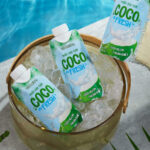
Nước Dừa Đóng Hộp
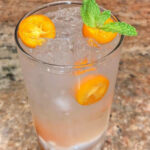
Nước Dừa Tắc

Nước Dừa Rau Má

Nước Dừa Mật Ong
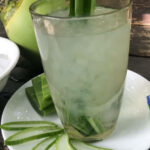
Nước Dừa Nha Đam
Nước Dừa: Ingredients and Preparation
Main Ingredients
Main Preparing Method
Preparation Process
Nước Dừa: A Deep Dive
Cultural Significance
Taste
Texture
Aroma
Color
Serving Style
Serving Temperature
Accompaniment
Occasions
Calories
Popularity
Popular Similar Drinks
- Cam Vắt
- Nước Mía
- Watermelon Juice
- Pineapple Juice
Popular Dining Area
Nước dừa, or coconut water, is a natural liquid extracted from young coconuts and a popular drink in Vietnam. It has a clear appearance and a mellow sweetness.
Due to Vietnam’s abundance of coconut palms, fresh coconut water is more common than the canned or bottled version.
Nước dừa is typically served with ice and can sometimes be drunk straight from the fruits. When kept at room temperature, the sugars in coconut water will undergo oxidation and turn the liquid pink, but nước dừa is still safe in that state.
Vietnamese people have many ways to extract coconut water, such as boring a hole through the top, hacking away the top, or cracking the coconut in half and draining the water.
When drilling through the shell, locals usually go for the three small indentations (or “eyes”) under the fruit’s stem, the weakest points of the coconut shell.
Ben Tre Province is the most significant coconut-producing region in Vietnam, so this locality offers many types of popular coconuts.
A few notable examples are dừa xiêm (Siam coconut), dừa sáp (macapuno coconut), dừa dâu (literally “strawberry coconut), and dừa dứa (literally “pandan coconut”).
While fresh nước dừa is a traditional beverage, it also has many cooking applications in Vietnamese cuisine.
For example, nước dừa is the main ingredient of thịt kho nước dừa (literally “braised pork in coconut water”) and the southern version of nước chấm (Vietnamese dipping sauce).
How many health benefits of nước dừa do you know? I will cover them, as well as the varieties and possible disadvantages of coconut water to avoid. In addition, I will also delve into frequently asked questions about nước dừa and suggest similar beverages.
Key Points
Nước Dừa Images
What Are Popular Variations of Coconut Water in Vietnam?
You can find the following 9 types of coconut water in Vietnam.
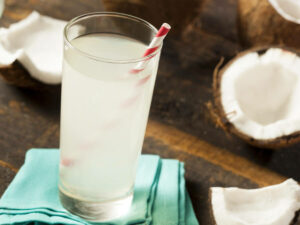
Nước Dừa Tươi
Fresh coconut waterCan be drunk in a glass or straight from a shell
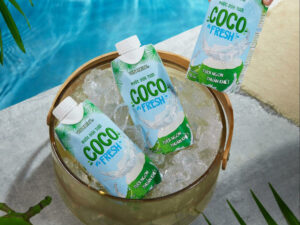
Nước Dừa Đóng Hộp
Packaged coconut waterPopular brands: Cocofresh, Cocoxim, Vietcoco, etc.
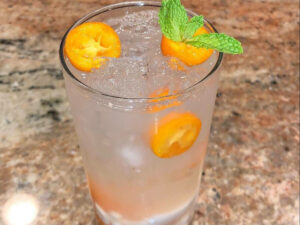
Nước Dừa Tắc
Coconut water mixed with kumquat juice and salt
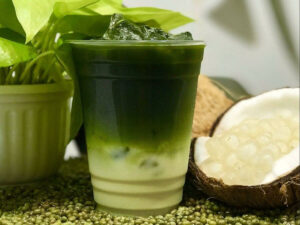
Nước Dừa Rau Má
Coconut water mixed with pennywort juice

Nước Dừa Mật Ong
Coconut water mixed with honey
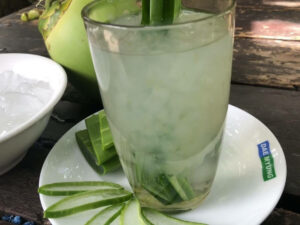
Nước Dừa Nha Đam
Coconut water mixed with aloe vera

Nước Dừa Hạt Chia
Coconut water mixed with chia seeds
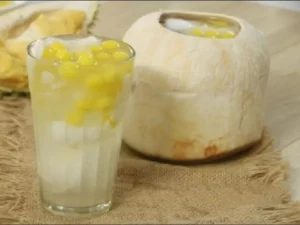
Nước Dừa Trân Châu Sầu Riêng
Coconut water mixed with trân châu sầu riêng (pear-like balls made from coconut flesh)

Nước Dừa Gừng
Coconut water mixed with ginger
Now that I have provided you with information on the common types of coconut water, let’s discover their strengths and weaknesses.
Pros and Cons of Drinking Nước Dừa
Nước dừa comes with the following plus and minus points.
Pros
Cons
After covering the basic upsides and downsides of nước dừa, let’s move to popular concerns about this Vietnamese beverage.



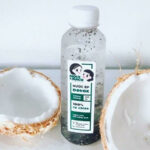





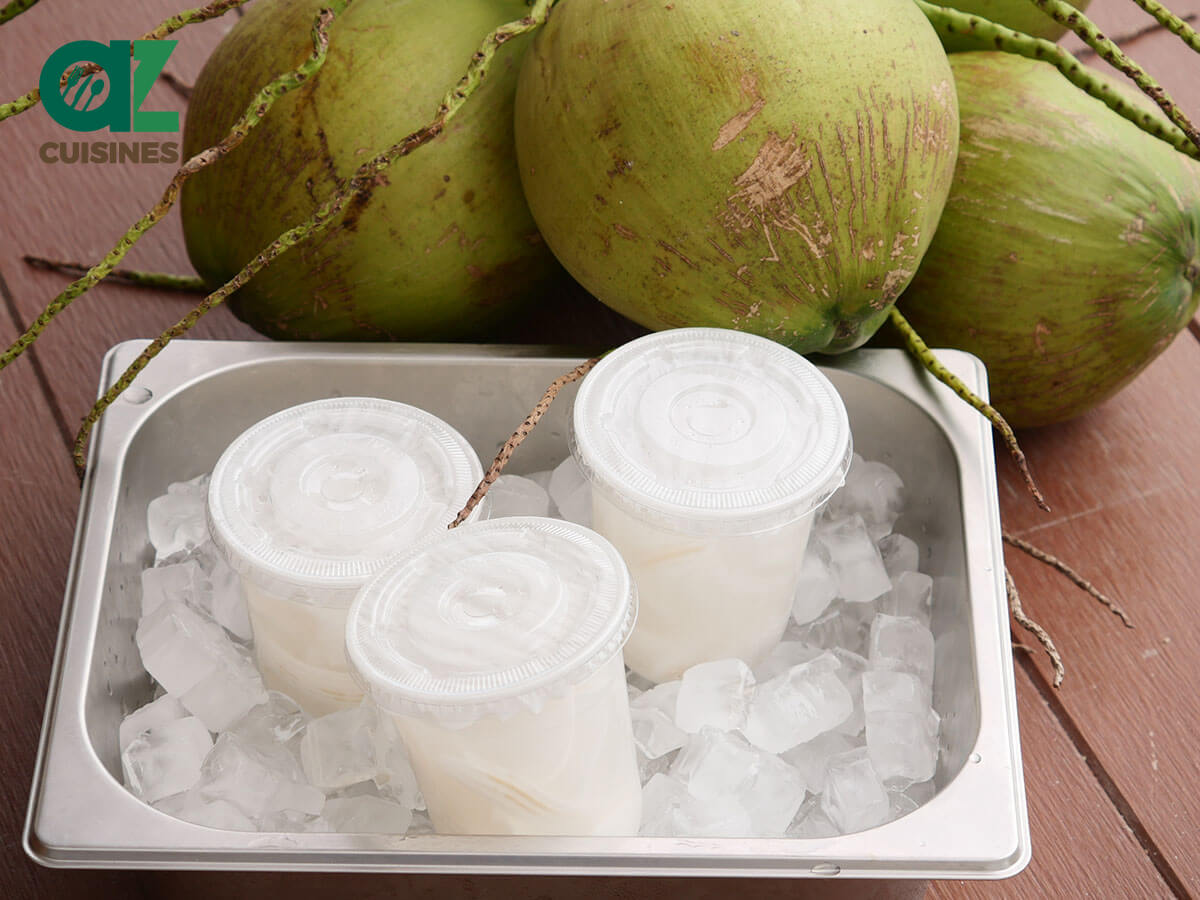
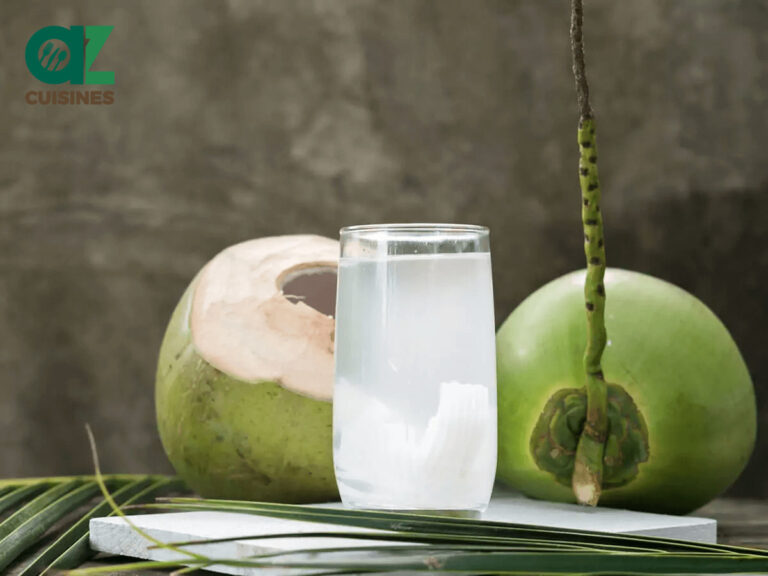
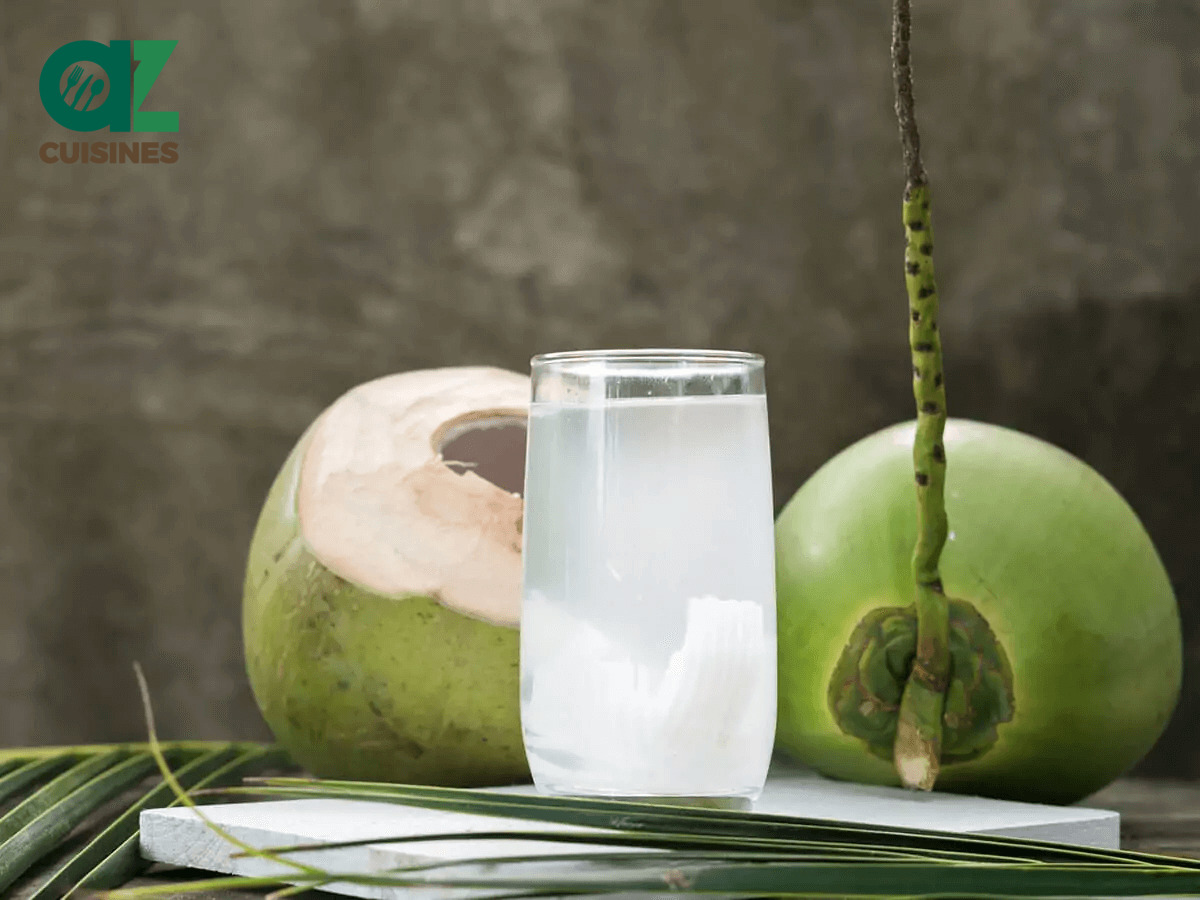


Adam Sam
Senior Food and Drink Editor
Expertise
Food Writer & Recipe Developer, Recipe Tester, Bartender, Cooking-video Maker, Editor In Chief
Education
Adam Sam, an experienced food writer and recipe developer, is passionate about blending diverse culinary traditions, national dishes, and innovative beverages, showcasing his proficiency in both traditional and modern recipe testing.
As the Editor-in-Chief, he elevates culinary content from street food to fine dining, focusing on Western cuisine and types of drinks at azcuisines.com, and is professional in creating engaging cooking videos that simplify complex dishes and ingredients.
His passion for food is evident in his writing, where he uniquely merges various cultures, traditions, and contemporary trends, skillfully combining classic recipes with modern cooking methods.